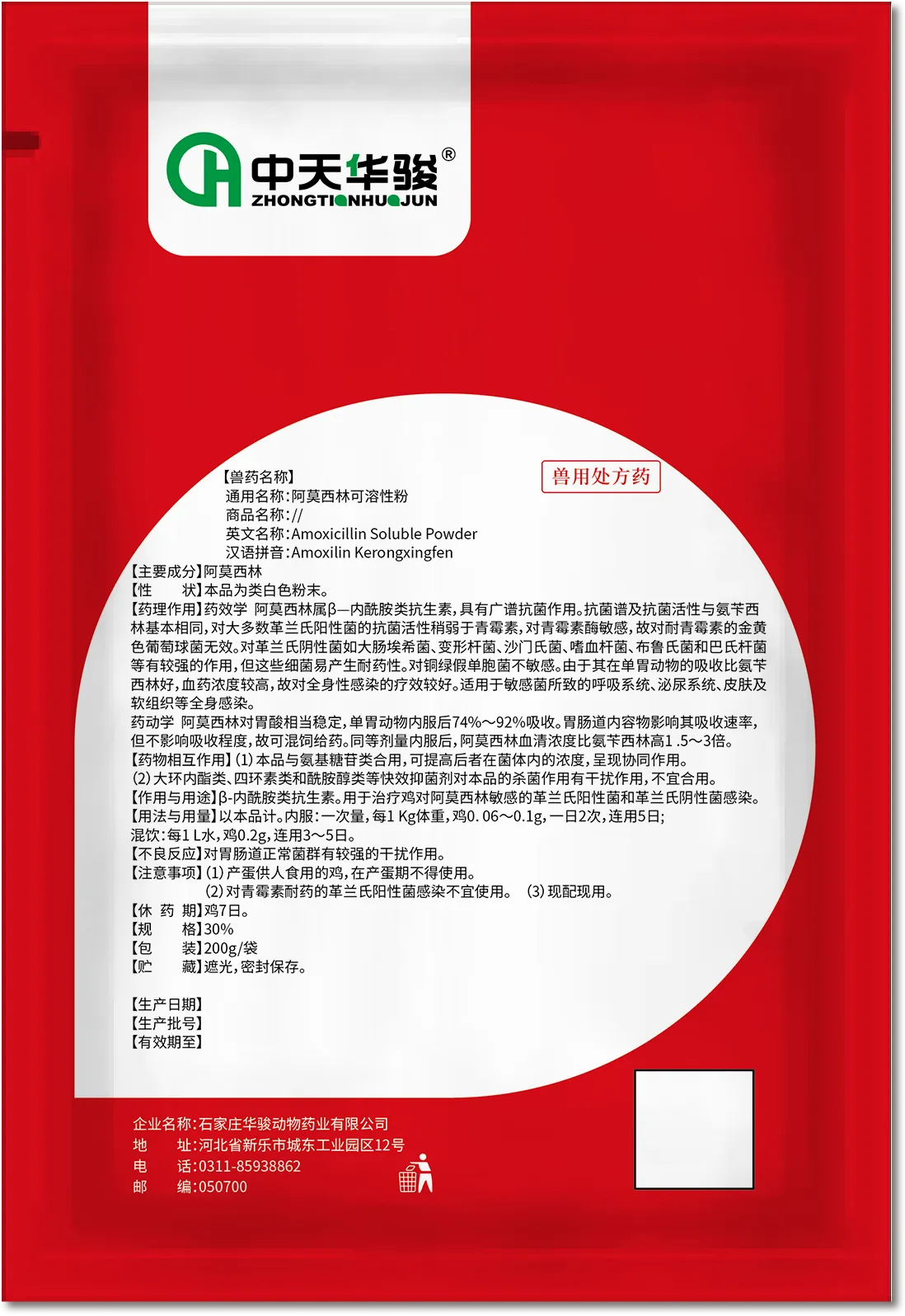
Aug. . 04, 2024 02:54 Back to list
Understanding the Role of EGDT in Managing Sepsis and Improving Patient Outcomes Effectively
Understanding EGDT and Its Role in Sepsis Management
Sepsis represents a significant global health challenge, leading to substantial morbidity and mortality. The classic approach to managing sepsis has been evolving, and one of the groundbreaking methodologies that emerged is the Early Goal-Directed Therapy (EGDT). This approach is particularly pivotal in the timely identification and treatment of sepsis, aiming to prevent the progression to severe sepsis or septic shock.
What is EGDT?
Early Goal-Directed Therapy (EGDT) is a protocol designed to optimize the management of patients with sepsis. Developed by Dr. Rivers and colleagues in the early 2000s, EGDT emphasizes early identification and vigorous treatment of sepsis within the first six hours of diagnosis. The primary objective is to restore hemodynamic stability and improve tissue perfusion by using a systematic grading approach to guide therapy.
Key Components of EGDT
The EGDT protocol includes several critical components
2. Fluid Resuscitation Rapid intravenous fluid administration is crucial. The goal is to administer an adequate volume of crystalloid fluids (typically 30 mL/kg) in the initial hours to counteract hypotension and restore blood flow to vital organs.
3. Vasopressors If a patient remains hypotensive despite adequate fluid resuscitation, the initiation of vasopressors such as norepinephrine is indicated to maintain mean arterial pressure (MAP) above 65 mmHg.
4. Monitoring Continuous monitoring of hemodynamic parameters, including urine output, central venous pressure (CVP), and mixed venous oxygen saturation (SvO2), is implemented to guide further therapy.
egdt sepsis factories

5. Antibiotic Therapy Broad-spectrum antibiotics should be begun as soon as possible, ideally within the first hour of recognizing sepsis, to combat the underlying infection.
6. Source Control Efforts must be made to identify and control the source of infection, which may include surgical intervention or other appropriate measures.
The Impact of EGDT
Clinical trials, including the landmark study led by Dr. Rivers, showed that implementing EGDT significantly reduces mortality rates in patients with severe sepsis and septic shock when compared to standard care. The protocol emphasizes quick action, which is crucial because delays in treatment can lead to worse outcomes.
However, while EGDT has demonstrated clear benefits in early sepsis management, its implementation in everyday clinical practice can vary. Factors such as resource availability, adherence to protocols, and the provider's awareness about sepsis can influence outcomes. Consequently, healthcare institutions are encouraged to adopt continuous education and training programs focused on sepsis recognition and treatment.
Alternatives and Evolving Perspectives
In recent years, there have been discussions regarding the rigidity of the EGDT protocol. Some studies suggest that a more flexible approach, based on local practices and resources, may achieve similar outcomes to traditional EGDT. Therefore, many clinicians advocate for a goal-directed methodology tailored to individual patient needs, rather than a strict adherence to protocols.
Conclusion
Early Goal-Directed Therapy remains a cornerstone in the management of sepsis, emphasizing rapid intervention and targeted therapy. Despite several criticisms, the principles of EGDT have fundamentally reshaped how clinicians approach sepsis treatment. Continuous efforts to refine, educate, and adapt sepsis protocols will further enhance outcomes in patients suffering from this life-threatening condition. Ultimately, the goal is not only to save lives but to improve the quality of care for patients experiencing sepsis.
-
Quality Bacillus Coagulans BC30 Factory - Expert Production
NewsAug.02,2025
-
China Salivation AI with GPT-4 Turbo Features
NewsAug.01,2025
-
Epic Sepsis Factories: AI-Driven Detection with GPT-4 Turbo
NewsJul.31,2025
-
Acute Salpingitis and Oophoritis AI Factory
NewsJul.31,2025
-
Premium China Bacillus Subtilis Supplier & Factory Solutions
NewsJul.30,2025
-
Premium Avermectin Supplier in China | Custom Solutions Available
NewsJul.29,2025




